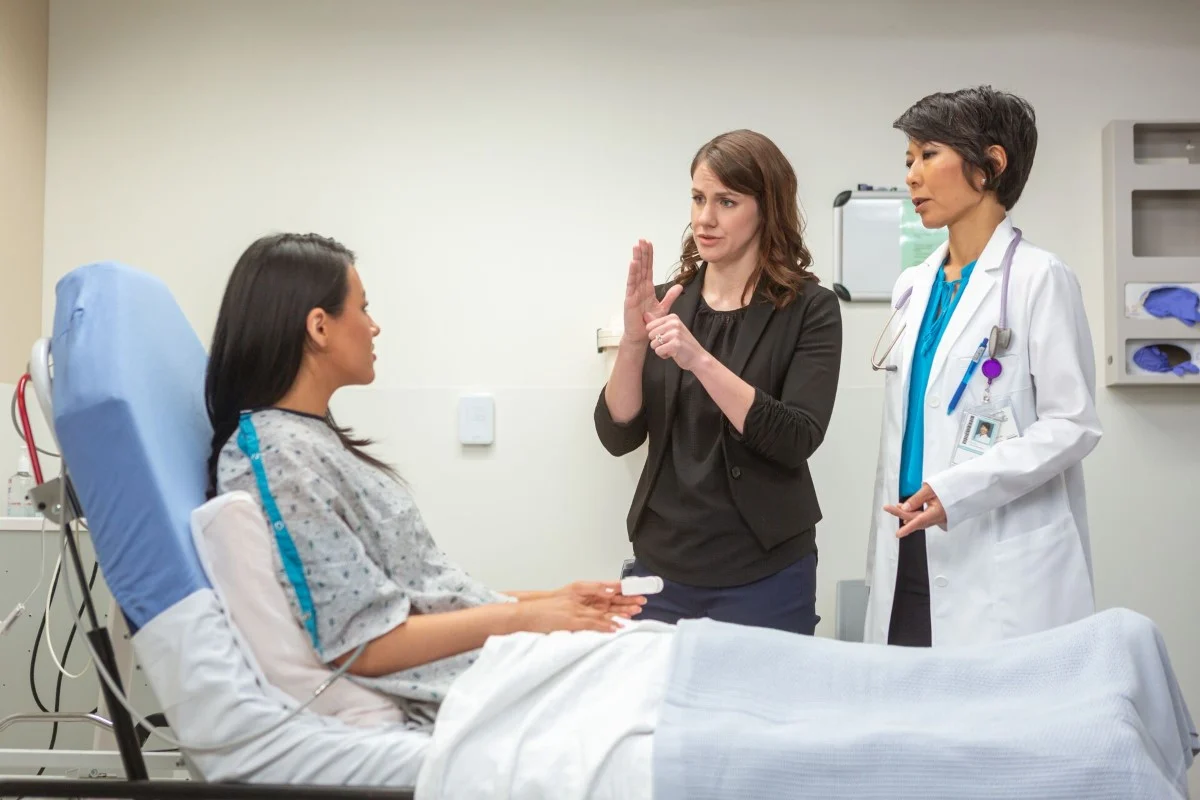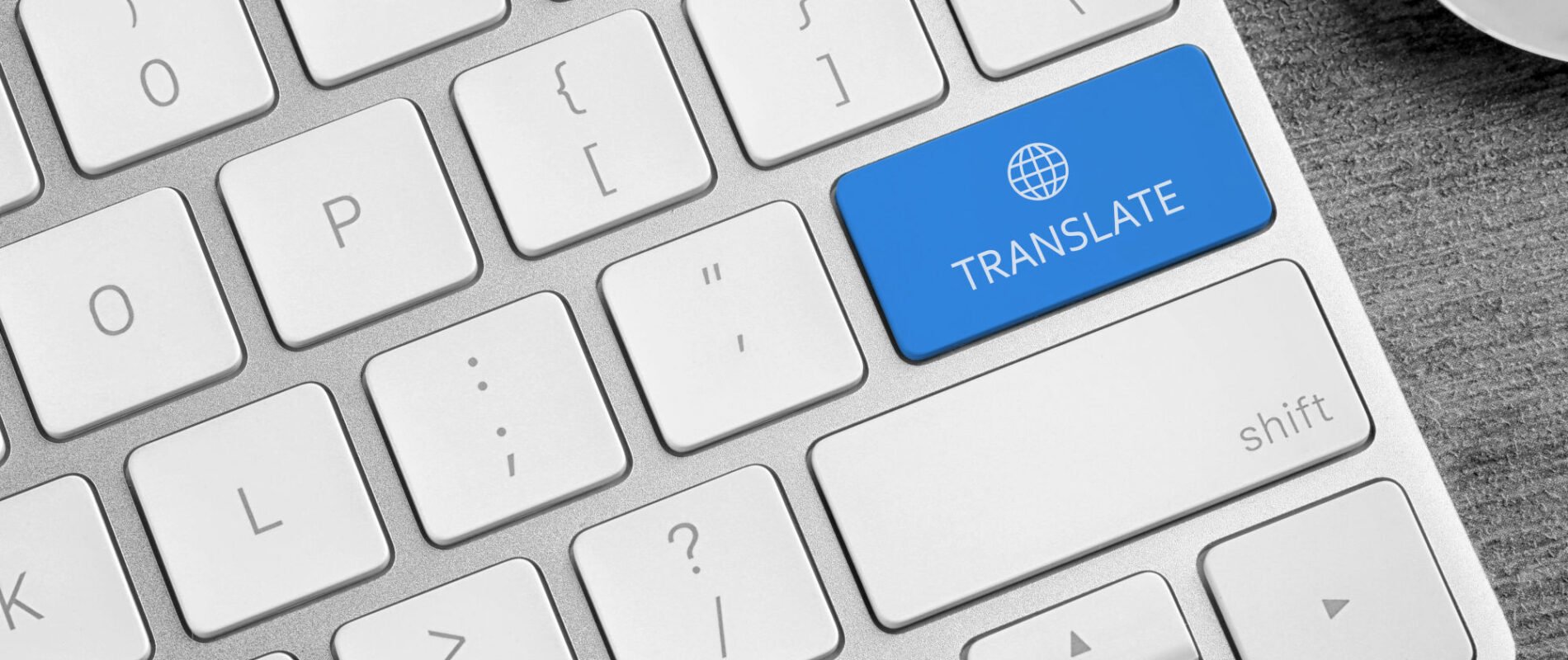The European Union’s Medical Device Regulation (MDR), officially known as Regulation (EU) 2017/745, has fundamentally transformed the landscape for medical device manufacturers since its full implementation on May 26, 2021. Replacing the outdated Medical Device Directive (MDD), the MDR introduces rigorous standards to enhance patient safety and ensure the highest quality across the EU market. A critical component of compliance is the translation of essential documentation into the official languages of the member states where devices are marketed. Missteps in this area can lead to regulatory setbacks, safety risks, or market exclusion. This article provides an in-depth analysis of the MDR’s translation requirements, explores the challenges of achieving compliance, and offers practical strategies for manufacturers to navigate this complex regulatory environment successfully.
The MDR’s translation obligations are rooted in the need to make critical information accessible to users in their native languages, ensuring safe and effective use of medical devices. Article 10(11) of the MDR mandates that specific documents be provided in a language easily understood by the intended user, as determined by the member state where the device is made available. These documents include labeling, instructions for use (IFU), the declaration of conformity, and, for certain devices, the Summary of Safety and Clinical Performance (SSCP). Labeling encompasses all information on the device’s packaging, such as warnings, identification details, and usage instructions. The IFU provides detailed guidance on safe operation, while the declaration of conformity is a manufacturer’s statement that the device meets all regulatory requirements. The SSCP, required for class III and implantable devices, must be publicly accessible and thus translated into all relevant languages of the member states where the device is sold. For example, a device marketed in Belgium may require translations in Dutch, French, and German, while in Spain, Spanish is mandatory. This multilingual requirement reflects the EU’s diverse linguistic landscape, with 24 official languages across 27 member states.
Accurate translations are not merely a bureaucratic necessity; they are vital for patient safety and regulatory compliance. A mistranslation in labeling or IFU could lead to improper use of a medical device, potentially causing harm to patients or healthcare professionals. For instance, an incorrect translation of dosage instructions for a drug-delivery device could result in serious health risks. Beyond safety, non-compliant translations can delay market entry, incur fines, or lead to product recalls, impacting a company’s reputation and financial standing. The European Commission emphasizes that translations must be precise and consistent to meet the MDR’s stringent standards, underscoring the ethical and legal imperative for high-quality translation services.
Translating medical device documentation presents several challenges. First, the technical nature of the content demands translators with specialized knowledge in medical and scientific terminology. Terms like “hemostatic agent” or “endoscopic procedure” require precise equivalents in each target language to avoid ambiguity. Second, the regulatory context adds complexity; translators must understand the MDR’s requirements and ensure compliance with local regulations in each member state. Third, maintaining consistency across multiple languages and documents is critical to prevent confusion. For example, a term used in the IFU must match its counterpart in the labeling and SSCP. Finally, preserving the original formatting, including diagrams, tables, and specific layouts, is essential, particularly for labels and IFUs, which often have strict design requirements. These challenges necessitate a robust translation process that combines linguistic expertise with regulatory insight.
To achieve MDR-compliant translations, manufacturers can adopt several best practices. Engaging translators with expertise in medical devices and familiarity with the MDR is paramount. These professionals should have a deep understanding of both the source and target languages, as well as the technical and regulatory nuances of the medical field. Implementing rigorous quality control measures, such as back-translation (translating the text back to the source language to check accuracy) or review by subject matter experts, helps ensure precision. Translation memory tools can enhance efficiency by storing previously translated terms and phrases, ensuring consistency across documents and reducing costs for repetitive content. Collaborating with local distributors or regulatory consultants can provide valuable insights into specific language requirements and cultural expectations in each member state. For instance, a consultant in Germany might clarify whether translations into minority languages like Sorbian are necessary. Staying updated with regulatory changes is also crucial, as the MDR’s requirements may evolve, and new guidance could affect translation obligations. Finally, planning translations early in the product development cycle can prevent last-minute rush fees, which can increase costs by 20–50%.
Navigating the MDR’s translation requirements is a complex but essential task for medical device manufacturers aiming to succeed in the European market. The regulation’s emphasis on multilingual documentation reflects the EU’s commitment to patient safety and accessibility. By investing in specialized translation services, implementing robust quality controls, and staying informed about regulatory updates, manufacturers can meet these obligations while safeguarding their market position. As the global demand for medical devices grows, mastering MDR translation compliance is not just a regulatory necessity but a strategic advantage that fosters trust and reliability in the European healthcare ecosystem.
We love languages and the stories they tell. At Artlangs Translation, we bring that passion to every project, ensuring your medical device documentation is translated with precision and compliance to conquer the EU market.











